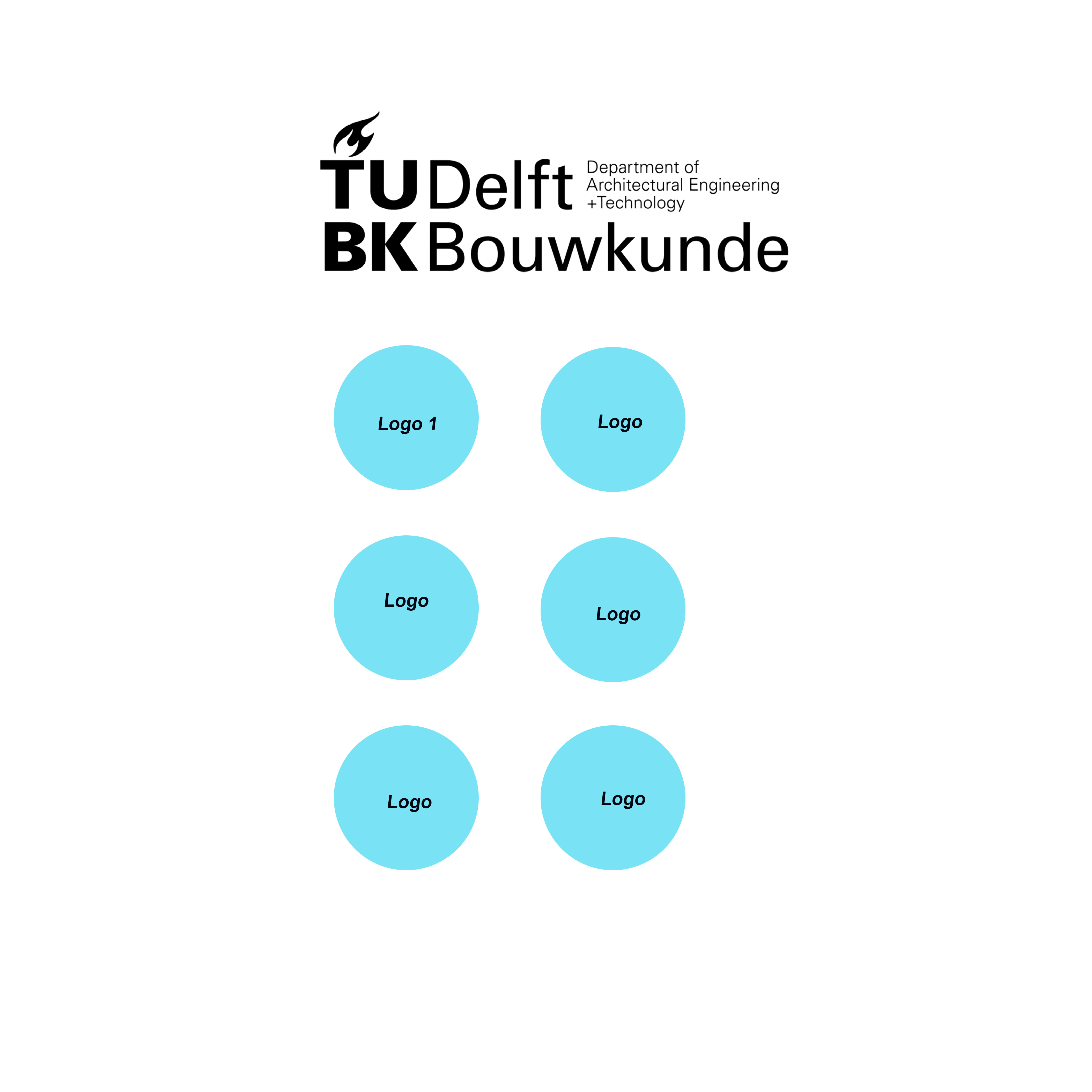CAAD Futures 2023 thanks all online and in-person participants!!
-----------------
CAAD Futures is a biannual International Conference on Computer-aided Architectural Design. The CAAD Futures Foundation plays a major global role in advancing and documenting research with its biennial Conference, in collaboration with a richly diverse community in several regionally focused groups. Over recent years, CAAD Futures took place in Los Angeles (2021), Daejeon (2019), Istanbul (2017), São Paulo (2015), Shanghai (2013), and many more before. The first edition took place in Delft in 1985. For its 20th edition, the conference returns to Delft, in The Netherlands.
The 2023 conference takes place at TU Delft in The Netherlands, 5-7 July 2023. It runs in Hybrid mode. In-person attendance at the conference venue is highly recommended.
INTERCONNECTIONS: Co-computing beyond boundaries
CAAD Futures 2023 reflects on the role of Computation to interconnect in and for Architectural Design.
Architectural Design grounds on interconnections across different knowledge domains and scales. Datasets are becoming an increasingly powerful resource for the scientific understanding of the current and future built environment and its interconnections. Interdisciplinary boundaries are diminished on the shared ground of data. Datasets facilitate continuity across scales, from the territorial and urban scales to the scales of building components, materials and beyond. Next to opportunities, also new questions arise: Inquiries into the implications of collecting data, the quality, validity and versioning of datasets, into ways to reuse information, measuring and mitigating bias, capturing the implications on policies and on ethical concerns are just some of the outstanding queries to be tackled jointly.
The theme is organized in three main streamlines:
- Interconnections across Knowledge Domains;
- Interconnections across Scales;
- Interconnections across Questions.
-------
2023 Conference Theme
Architectural Design grounds on interconnections across different knowledge domains and scales. Multidisciplinary integration, collaboration and participation across professionals, governance, citizens and society are key. The significance of conceptual, technical, physical links from the scale of materials to territories is also crucial. Computation empowers the interconnections of Architectural Design, yet relevant questions remain open.
CAAD Futures 2023 reflects on the role of Computation to interconnect in and for Architectural Design.
Angles are multiple, including the pillars of sustainability. The current societal demand to improve environmental health, economic vitality and human well-being makes imperative the need to consider Architecture as part of a larger ecosystem. It grows an unprecedented responsibility in collaborating toward computational methods, techniques and tools to interconnect Architectural Design with the entire ecosystem and its networks of ecological, societal and economic implications. Interconnecting the built environment to inclusivity and safety in urban areas, values of communities, responsible consumptions, biodiversity on/below land and water are some examples among many. They may indicate paradigm shifts in practices and business models too. Present practices are restricted to an often linear way of planning, designing, constructing, and operating the built environment and it is exigent to consider alternative approaches through which mitigation and adaptation goals may be achieved simultaneously. Understanding such interconnections may reveal options for circular approaches in resources, participatory feedback loops across society, as well as other viable alternatives to underpin the transition.
In this scene, datasets are becoming an increasingly powerful resource for the scientific understanding of the current and future built environment and its interconnections. From datasets, it is possible to extract information relevant for decision making at all scales and stages from design to operation covering the full life-cycle. Deciphering data unlocks news pathways for scientific knowledge. Interdisciplinary boundaries are diminished on the shared ground of data (interconnections across knowledge domains). Datasets facilitate continuity across scales, from the territorial and urban scales to the scales of building components, materials and beyond (interconnections across scales). Current advances in computational sciences empower such potential and allow exploiting new opportunities for the built environment. Among many, this includes new ways of sensing, collecting, organizing and reusing data, as well as new frontiers of Artificial Intelligence to extract and understand information that can become applicable knowledge. Next to opportunities, also new questions arise. Inquiries into the implications of collecting data, the quality, validity and versioning of datasets, into ways to reuse information (from some building users to other building users; from other phases of the life-cycle to the architectural design and vice-versa), measuring and mitigating bias, capturing the implications on policies and on ethical concerns are just some of the outstanding queries to be tackled jointly. Current advances pave new ways of working implying questions yet to be addressed as points of joint attention (interconnections across questions).
Open sharing and co-creation are vital to accomplish such a mission. CAAD Futures 2023 aims to promote and support collaborative initiatives toward interdisciplinary cooperation around emergent research priorities. In addition to the traditional Call for Papers, the 2023 conference puts forward a track of initiatives where open sharing and co-creation will be encouraged as way of working, from identifying emergent urgencies to co-producing shared outputs. In this sense, it offers a venue to share and co-create on the advancement of Computer Aided Architectural Design in a broad interdisciplinary perspective. It welcomes designers, researchers, professionals, and anyone engaged in scientific knowledge and practice for architectural design and the built environment, including disciplines not yet habitually involved in computational design approaches.
CAAD Futures 2023
 Registration website for CAAD Futures 2023
Registration website for CAAD Futures 2023CAAD Futures 2023cf2023@tudelft.nl
CAAD Futures 2023cf2023@tudelft.nlhttps://www.caadfutures2023.nl/132056
2023-07-05
2023-07-07
MixedEventAttendanceMode
EventScheduled
CAAD Futures 2023CAAD Futures 20230.00EUROnlineOnly2019-01-01T00:00:00Z
TU Delft Faculty of ArchitectureTU Delft Faculty of ArchitectureJulianalaan 134 2628 BL Delft Netherlands


